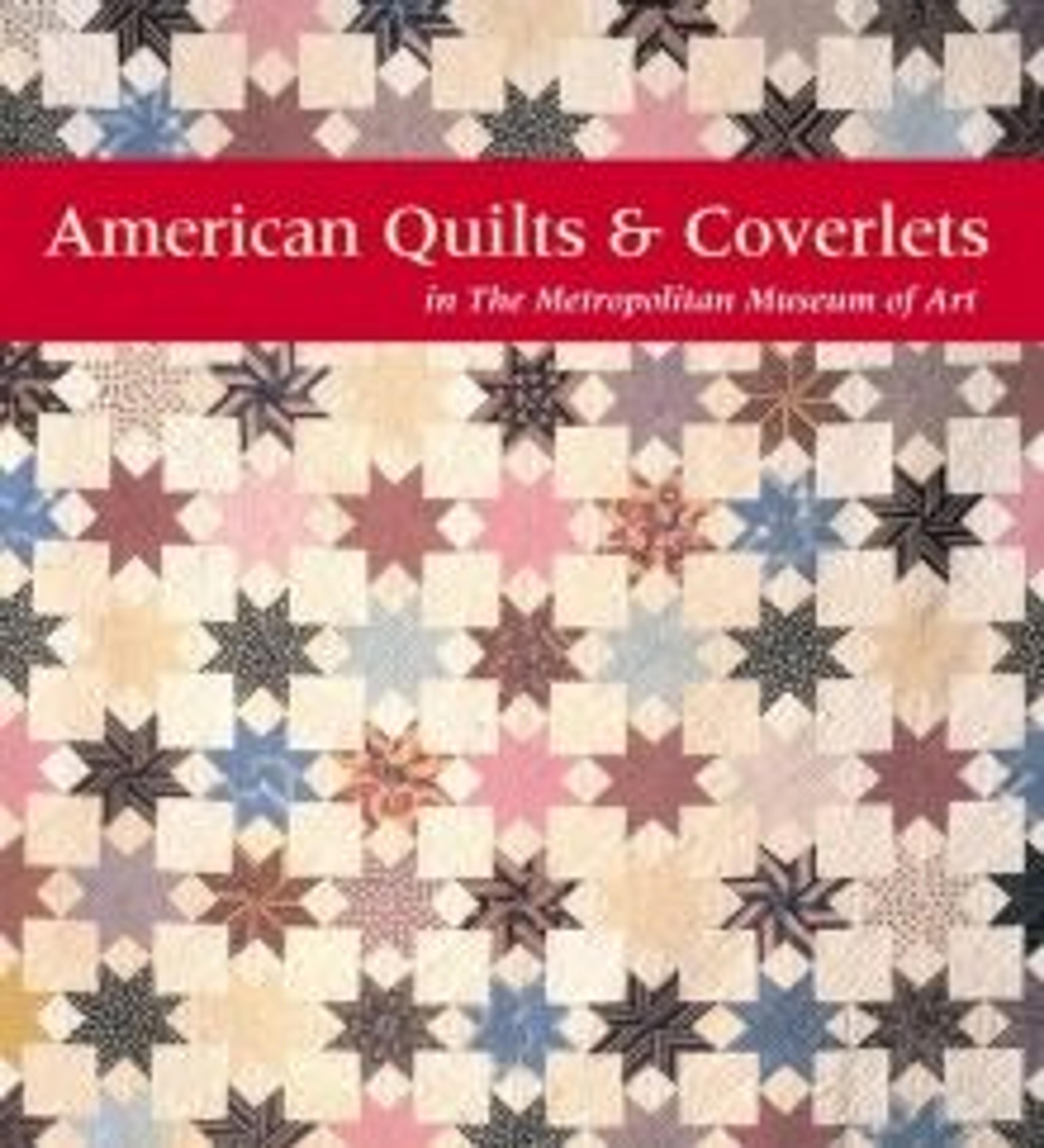Wholecloth quilt
This chintz quilt is notched at its bottom corners to accommodate bedposts. The quill is bound with cotton tape striped in tan, white, black, and blue. The chintz top fabric is decorated with floral trails, roller printed in red and block overprinted in blue, yellow, and green on a tan ground. The backing chintz has a flora/ stripe, roller printed in red and brown. The piece is quilted overall with a shell pattern.
Artwork Details
- Title:Wholecloth quilt
- Date:ca. 1830
- Geography:Possibly made in England; Possibly made in United States
- Culture:American or British
- Medium:Cotton
- Dimensions:81 3/4 x 90 1/2 in. (207.6 x 229.9 cm)
- Credit Line:Gift of Mr. and Mrs. Harcourt Amory, 1963
- Object Number:Inst.63.7.10
- Curatorial Department: The American Wing
More Artwork
Research Resources
The Met provides unparalleled resources for research and welcomes an international community of students and scholars. The Met's Open Access API is where creators and researchers can connect to the The Met collection. Open Access data and public domain images are available for unrestricted commercial and noncommercial use without permission or fee.
To request images under copyright and other restrictions, please use this Image Request form.
Feedback
We continue to research and examine historical and cultural context for objects in The Met collection. If you have comments or questions about this object record, please contact us using the form below. The Museum looks forward to receiving your comments.
